Whether you spend a little too much money on pizza or simply want to elevate how you make pizza at home, a pizza stone is a great secret weapon. It helps provide a crispy golden crust, an evenly cooked pie and speeds up your pizza's cook time to about 12 minutes flat. If you already have a pizza stone, but haven't quite gotten the hang of how to use it, we're here to help you master the art of making pizza with a pizza stone or steel in your oven and on your grill.
In the Good Housekeeping Institute Kitchen Appliances and Innovation Lab, we have a lot of experience using pizza stones and making pizza. We've tested 13 pizza stones side-by-side and used them to make and taste over 45 homemade and pre-made pies, and capture more than 100 temperature data points. We've also tested multiple pizza ovens, including indoor options and numerous pizza making accessories. After many years of testing and lots of tasting, here are our top tips and tricks for getting the most out of your pizza stone and impressing your family and friends with perfectly cooked pizzas every time.
What is a pizza stone?
Pizza stones are most commonly made out of stone, ceramic, cast iron or steel and are placed in your home oven at a high temperature and preheated to conduct that temperature. Instead of building your homemade pizza on the stone, it is built on a pizza peel and then launched onto the stone after it's preheated. A pizza stone will have you achieve restaurant-quality pizza at home.
How to use a pizza stone or steel
- In your home oven, arrange your pizza stone on the top shelf, about six inches away from the top of your oven. Preheat the stone for 30 minutes to one hour at 500ºF.
- In the meantime, generously cover your pizza peel with fine cornmeal or semolina flour, enough to ensure that the pizza dough won't stick. Also prep your pizza dough and pizza toppings during this time.
- Once the pizza stone is preheated, hand stretch your dough into a size that fits onto your pizza peel and stone (we recommend 12 inches for most stones). Add the pizza toppings relatively quickly and then launch the pizza straight onto the hot pizza stone.
- Once your pizza is golden, the cheese is melted and your crust is cooked, your pizza should be ready to remove from the oven. A 12-inch pizza should take about 10 to 12 minutes.
- Use your pizza peel and tongs to remove your pizza from the stone. Transfer to a cooling rack and then onto a surface where you can garnish and cut your pizza before serving.
What is a pizza stone made of?
Pizza stones aren't just produced from stone anymore; there are four different materials that pizza stones are usually made from.
- Stone: Pizza stones can be made from a few different materials, mainly cordierite, but also soapstone or a brand's proprietary blend of stone, which will create a nice golden brown pizza crust. They are durable, but could crack from a drastic change of temperature or dropping.
- Steel: Most baking steels are made from high carbon steel which conducts and retains heat very well. We have found in our tests that pizzas cook quickly and this material creates a nice crispy crust. These tend to be heavy and can be more expensive than other options.
- Ceramic: This affordable and lightweight option usually comes glazed and is the only type of pizza stone that we've seen that could be dishwasher-safe if the instruction manual says so. It isn't as durable as other materials and while it can bake up a golden pizza, we've found this is not always the case in our tests.
- Cast iron: A cast iron pizza steel retains heat very well, perfect for cooking pizzas consecutively, even frozen pizzas, without dropping in temp. These are very heavy though and require frequent seasoning like your favorite cast iron pan.
How to take care of and store your pizza stone
Hold onto your pizza stone’s instruction manual for information on cleaning and maintaining your pizza stone. Some pizza stones and steels need to be seasoned every couple of uses to increase the longevity of its material. Most pizza stone and steel materials do not fare well when in contact with water and most recommend brushing off crumbs and burnt on pieces with a dry brush and then storing in a dry spot. We especially love the Baking Steel Storage Sleeve which ensures that your pizza steel is protected when it's not in use.
Additional uses for pizza stones and steels
There are many other ways to utilize a pizza stone or steel, besides just for baking pizza in your home oven. If your stone or steel allows for it, you can also use it on top of your gas range or in your outdoor grill. To use a pizza stone on a grill, you would follow the same steps as with the oven, preheating your stone on the grill grates and then launching your pizza onto the stone, cooking the pizza until it's golden brown.
Besides just making pizza, we also recommend using a pizza stone or steel for baking bagels, english muffins, flatbreads, pitas, artisan loafs of bread and any other recipe you're looking to achieve a golden crust or char on. If you prefer the simplicity of a frozen pizza, placing it on your pizza stone can ensure a crispy golden crust (just make sure your stone can be used with frozen pizzas).
Helpful accessories to pair with your pizza stone
While most of these accessories aren't required, many of them sure are helpful.
✔️ Pizza peel: A good pizza peel is key to helping you launch your pizza onto a hot stone and removing your cooked pizza from the stone before serving. We recommend using a 14-inch peel for a 12-inch pie. While we highly recommend using a pizza peel, if you don't have access to one, the bottom of a sheet pan, a rimless sheet pan or a thin cutting board without grooves can be used to gently transfer your pizza to the stone.
✔️ Infrared thermometer: While not required, an infrared thermometer helps take the guesswork out of knowing if your stone or steel is hot enough for your pizza.
✔️ Pizza cutter: A pizza cutter will help produce a clean, streamlined cut, but you could also use a chef's knife or kitchen shears in a pinch.
✔️ Tongs: These will help you move your cooked pizza from the stone to the pizza peel and from your peel to a cutting board.
✔️ A cutting board: We don't recommend cutting a pizza on a pizza peel or plate, since they could scratch; instead transfer your cooked pizza to a cutting board.
✔️ Wired cooling rack: Transferring your pizza to a wired rack before serving can help it stay crisp and not soak up any possible condensation, especially if you're baking multiple pizzas at once.
Why trust Good Housekeeping?
Eva Bleyer has tested a wide variety of kitchen appliances and gear — from gas ranges to microwaves to kitchen scales to blenders and more in the Good Housekeeping Institute Kitchen Appliances and Innovation Lab. She has conducted all side-by-side testing of pizza stones and steels. She earned a B.S. in Food Studies, Nutrition and Public Health from New York University, is a graduate of the Natural Gourmet Institute and also took Italian culinary classes at Apicius International School of Hospitality in Florence, Italy. One of Eva’s favorite foods is a perfectly charred Neapolitan-style pizza, though a cheesy Detroit-style pizza is right up there as well!
Kitchen Appliances & Innovation Lab Reviews Analyst
Eva (she/her) is a reviews analyst in the Kitchen Appliances and Innovation Lab, where she tests kitchen gear, home appliances and culinary innovations. She graduated from NYU with a bachelor of science in food studies, nutrition and public health and is a trained chef through the Natural Gourmet Institute. Eva has more than 10 years of experience in the food industry, working as a food stylist, personal chef and marketing manager.
https://news.google.com/rss/articles/CBMiV2h0dHBzOi8vd3d3Lmdvb2Rob3VzZWtlZXBpbmcuY29tL2Zvb2QtcmVjaXBlcy9jb29raW5nL2E0NDIyMjA5Mi9ob3ctdG8tdXNlLXBpenphLXN0b25lL9IBAA?oc=5
2023-06-23 21:54:51Z
CBMiV2h0dHBzOi8vd3d3Lmdvb2Rob3VzZWtlZXBpbmcuY29tL2Zvb2QtcmVjaXBlcy9jb29raW5nL2E0NDIyMjA5Mi9ob3ctdG8tdXNlLXBpenphLXN0b25lL9IBAA
Bagikan Berita Ini


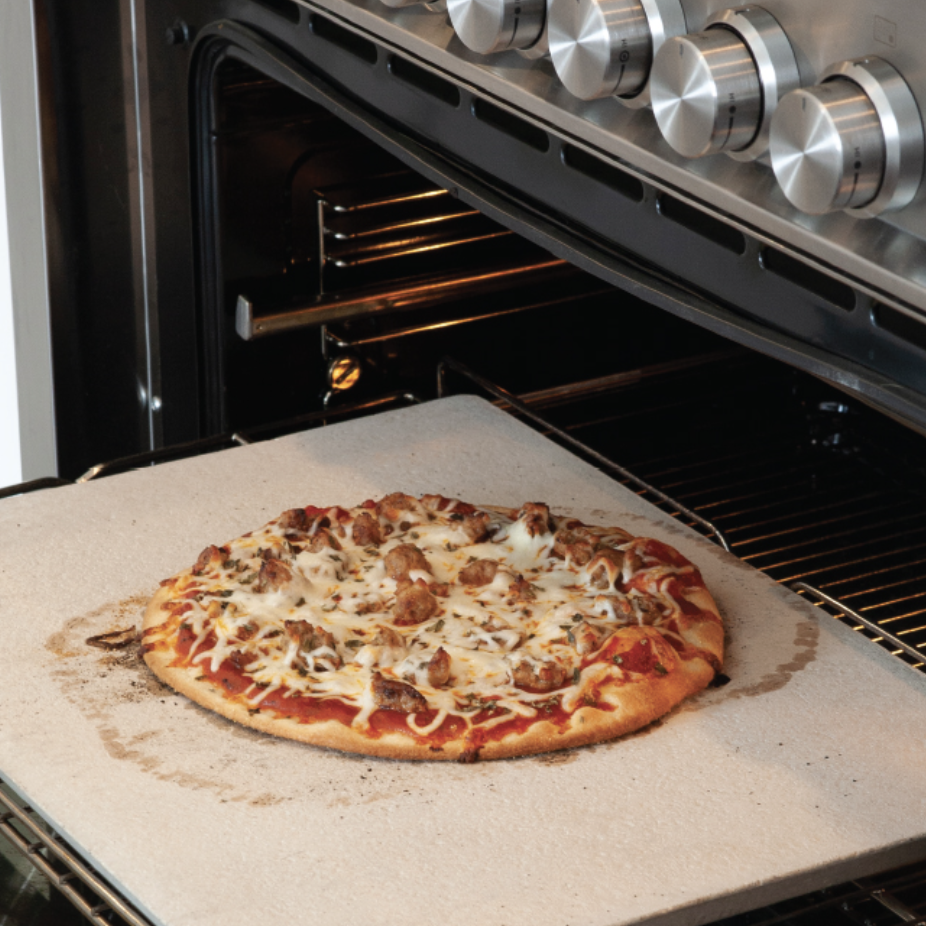
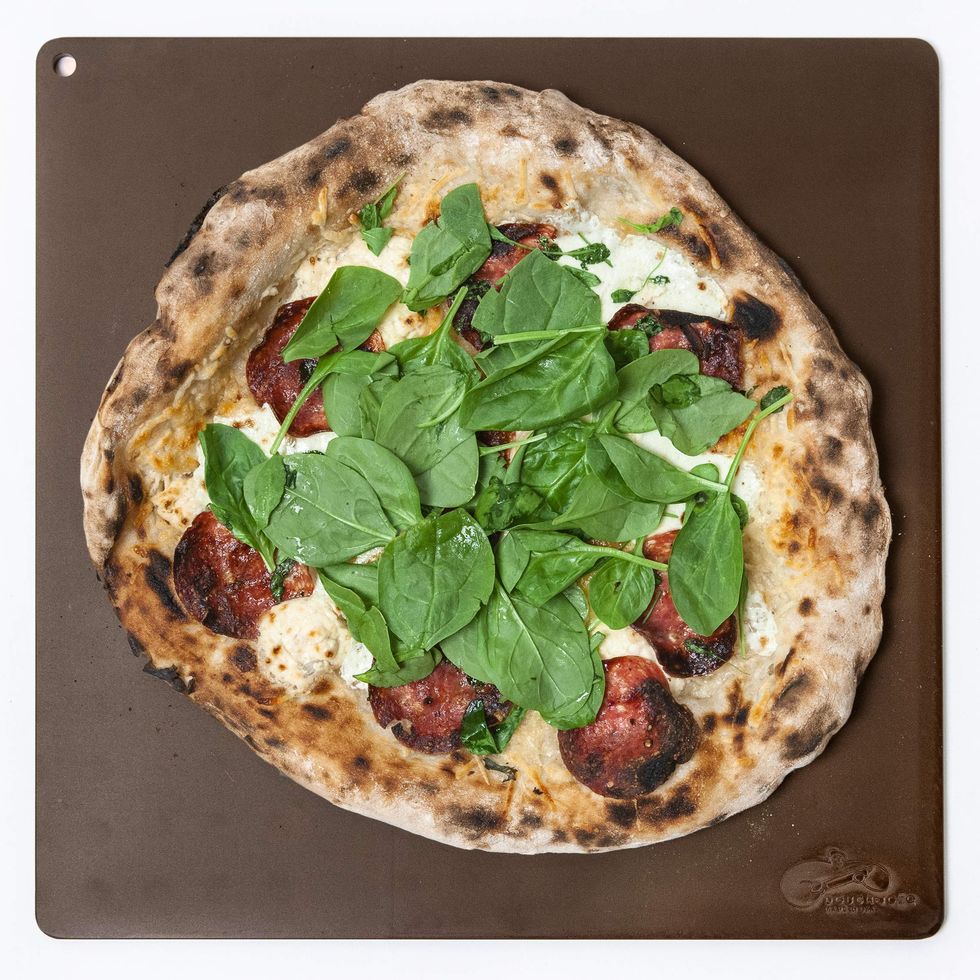
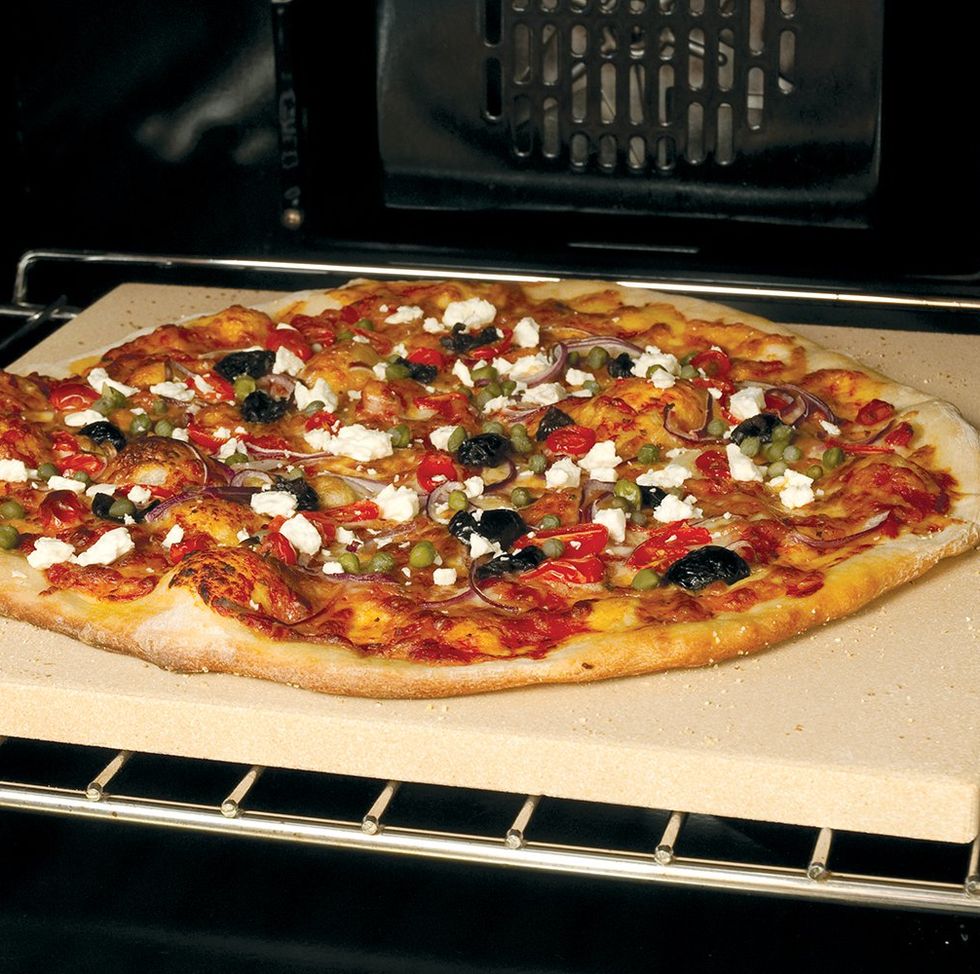







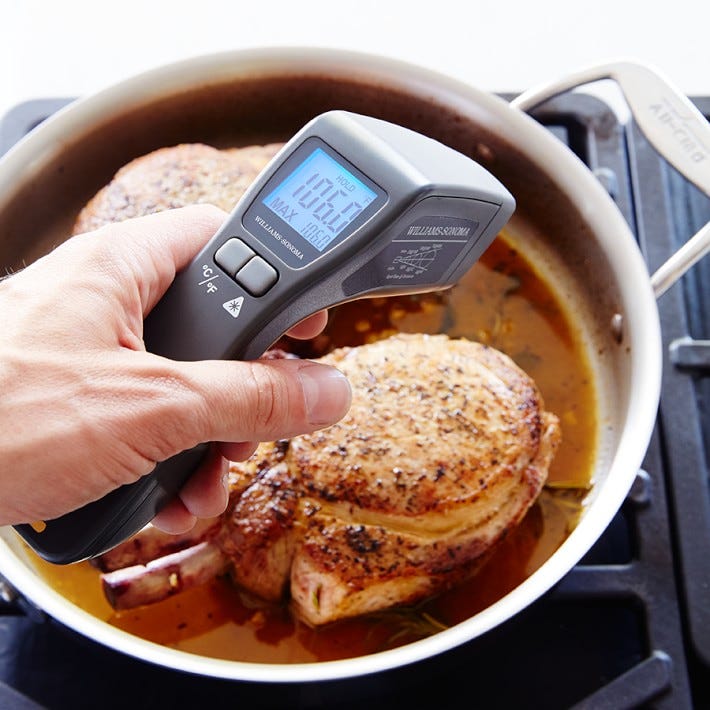
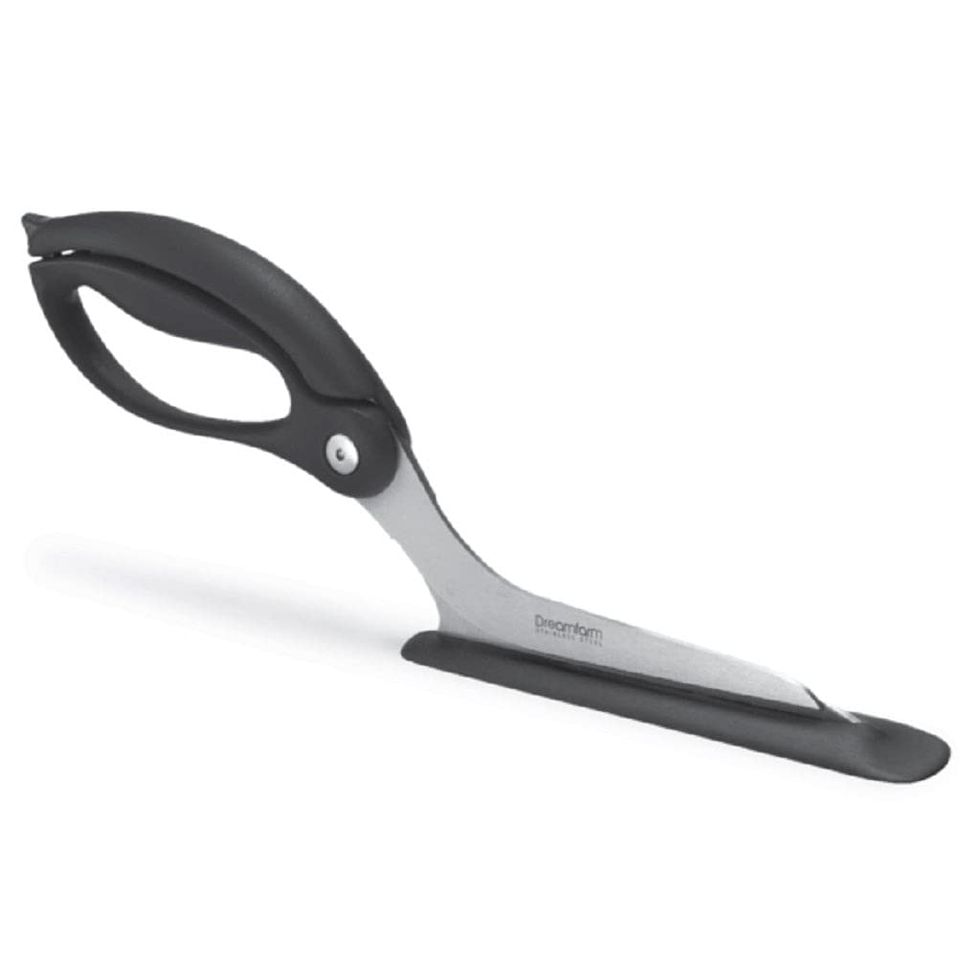















0 Response to "How to Cook Pizza on a Pizza Stone or Steel - Good Housekeeping"
Post a Comment